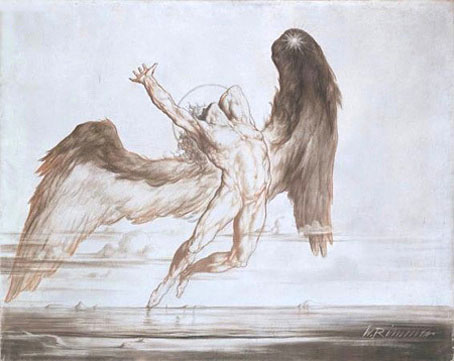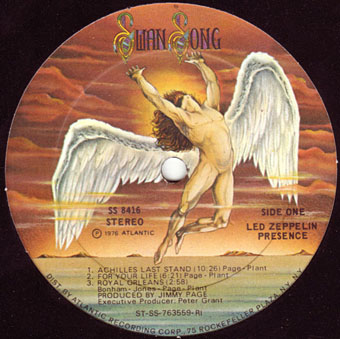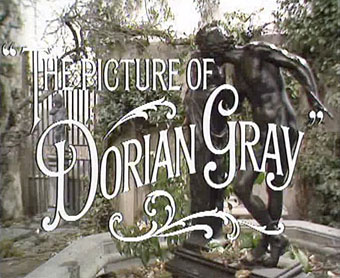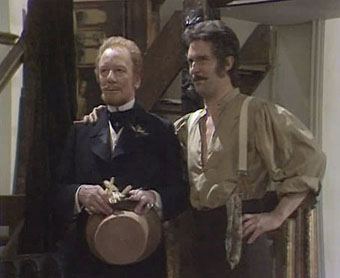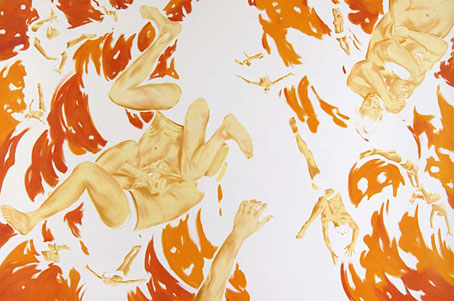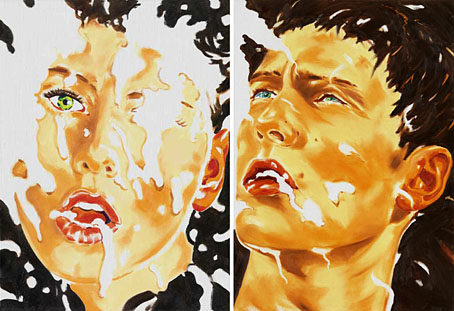left: Hanging (2004); Judging (2004).
San Francisco artist Jason Driskill paints, writes and creates his own digital artwork and video, often with himself as the main model. This multi-disciplined approach is a rare thing among artists predominantly concerned with gay themes, despite the example set by significant forebears such as Jean Cocteau and Derek Jarman. Driskill’s work also has a sense of humour, something which never seems very popular in the art world unless, perhaps, you’re a Pop Surrealist. Laugh at something in a gallery and it might be felt that you’re laughing at the work, not with it. Or worse, laughing at the price tag, and that would never do, would it? (Thanks Jason!)
Elsewhere on { feuilleton }
• The gay artists archive


